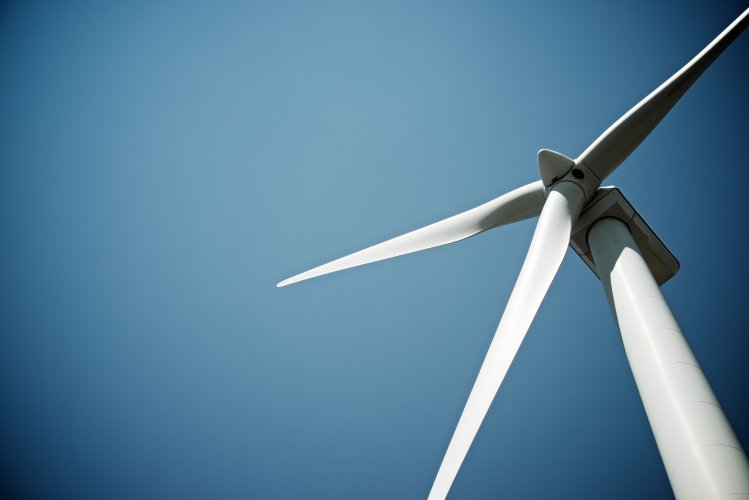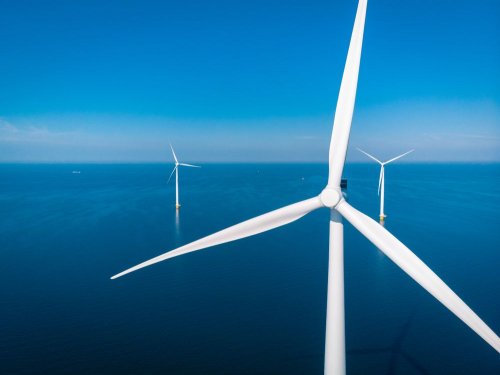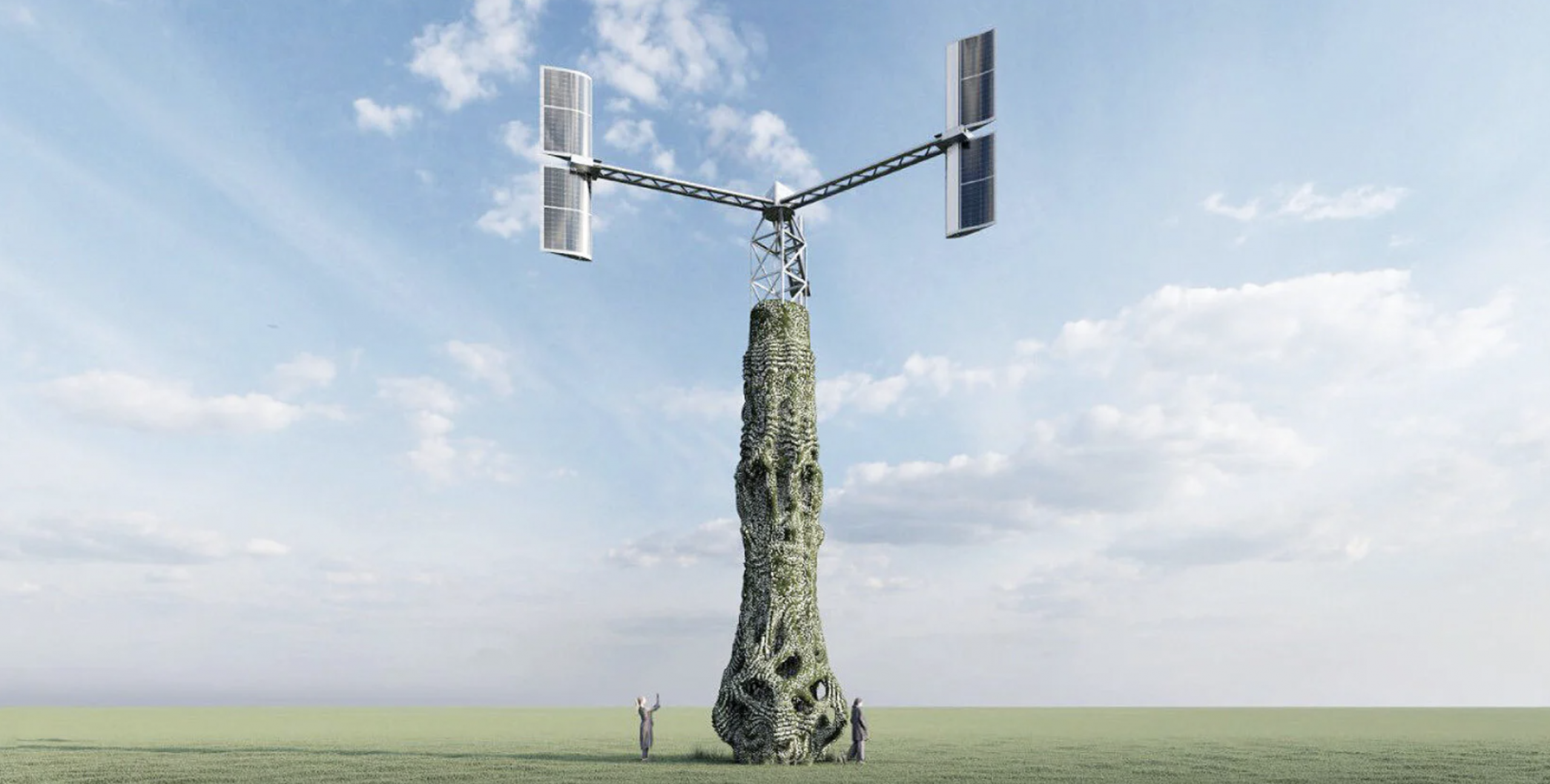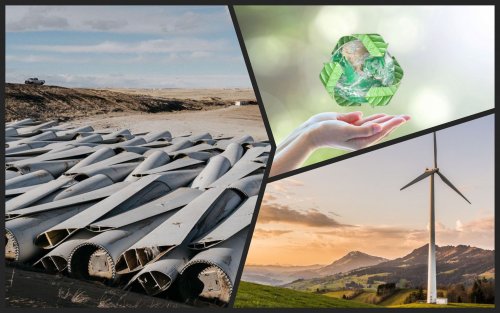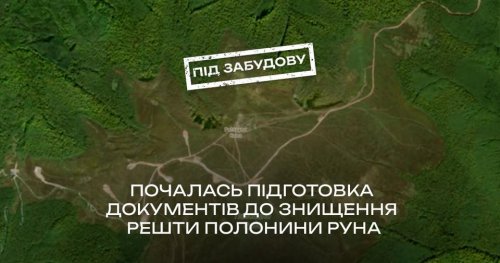The blades of giant wind turbines can become even larger, which will likely reduce costs on offshore and desert projects.
Currently, the Chinese company Ming Yang Smart Energy Group already offers equipment with a blade length of 140 meters, according to Bloomberg.
As you know, the length of wind turbine blades reaches 67 meters on average.
"The trend is to get bigger, whether it's onshore or offshore turbines," said Zhang Chuanwei, chairman and chief executive officer of Ming Yang Smart Energy Group.
Equipment designs are also likely to be more adaptable to specific locations, he said.

The article explained that more equipment could reduce the number of turbines needed at each wind farm, which would reduce the cost of implementing the projects. Wind turbines with giant blades are likely to be in increased demand, for offshore projects and in huge green energy hubs.
According to Zhang, the larger turbines are well suited for China's desert projects. Also, transporting giant blades through mostly deserted areas is relatively easy. However, installations in mountainous rural areas tend to require smaller and more individual turbines.
Zhang emphasized that China's wind industry has entered a stage of high-speed growth, and will be promoted by new major green energy centers and offshore developments. With strong support from the central and local governments, the development of renewable energy sources in China can become better and the market size can be bigger.
It is noted that, according to forecasts, in 2023 the world's wind power capacity will grow. This is due to the acceleration of the introduction of RES in the USA and the increase of investments in China. About 115 GW of new capacity will be commissioned in 2023, up from 78 GW in 2022, according to the Global Wind Energy Council.
Earlier, EcoPolitic wrote, that the analysis of the clean energy researchers from BloombergNEF showed that the growth rate of the wind energy industry in 2022 fell to the lowest level in three years.
As EcoPolitic previously reported, the Kaskasi wind power plant was launched in the German North Sea. Its blades can be recycled after the end of their service life.

